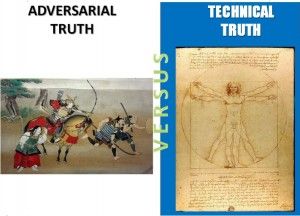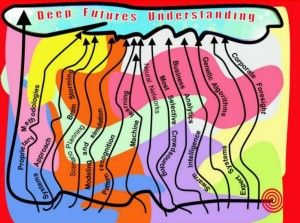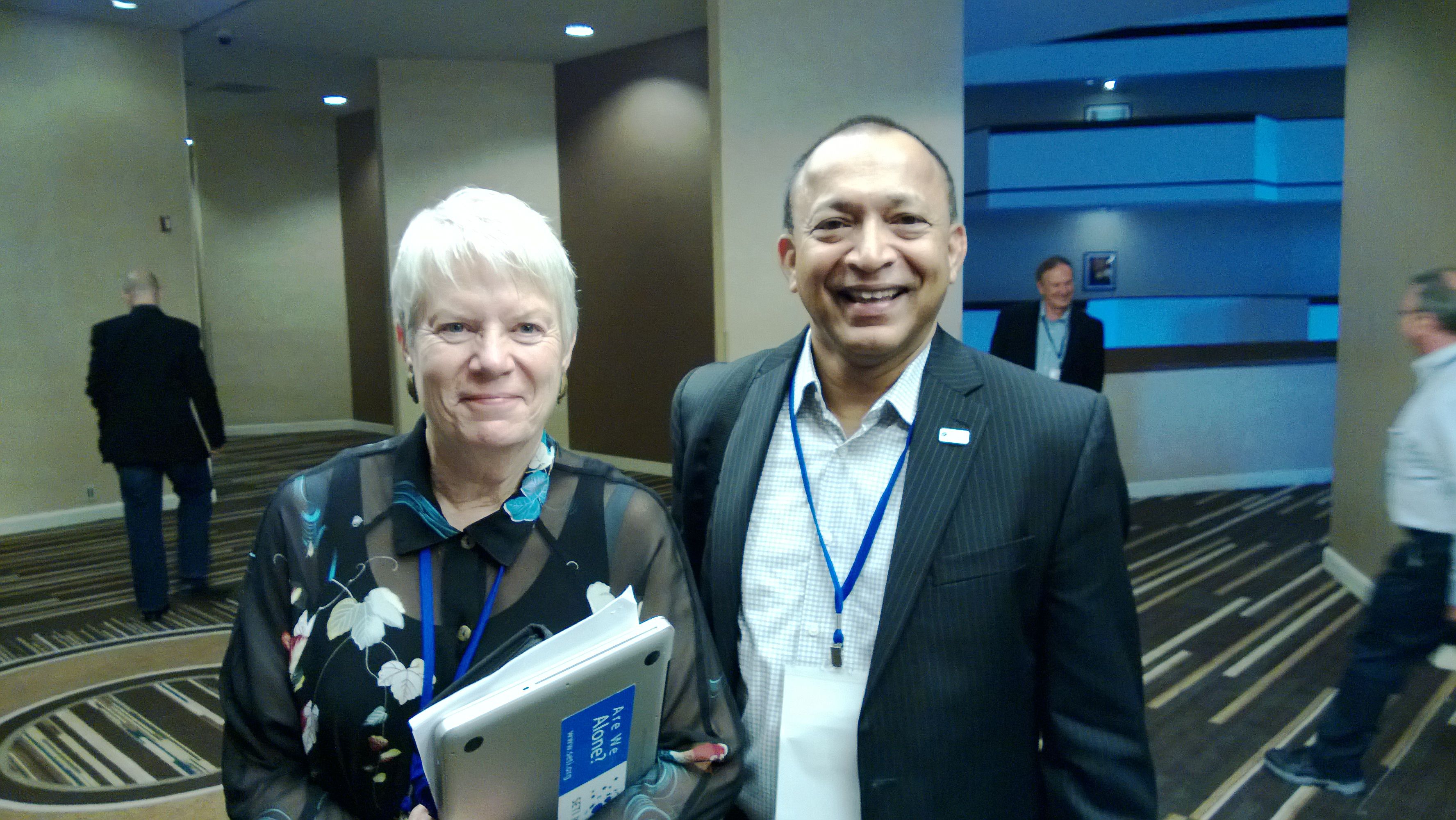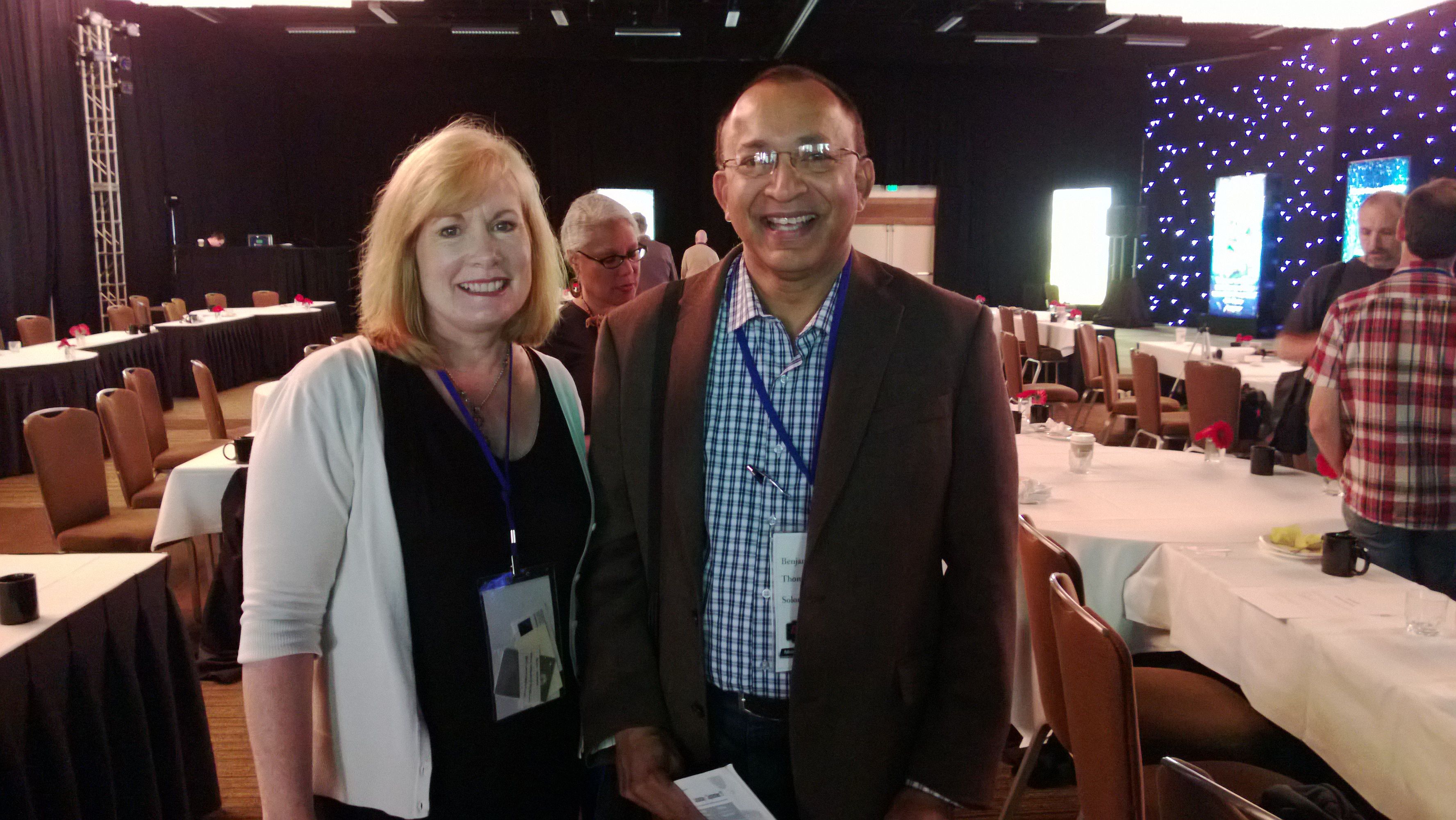Dec 10, 2013
Futuretronium Book
Posted by Andres Agostini in categories: bionic, bitcoin, business, complex systems, cyborgs, economics, education, energy, engineering, ethics, existential risks, finance, futurism, genetics, geopolitics, government, information science, nanotechnology, neuroscience, philosophy, physics, policy, posthumanism, science, security, singularity, supercomputing, sustainability, transhumanism, transportation
This is an excerpt from, “Futuretronium Book” by Mr. Andres Agostini, that discusses some management theories and practices with the future-ready perspective. To read the entire piece, just click the link at the end of article:
“…#1 Futuretronium ® and the administration and application of the scientific method without innuendos and in crescendo as fluid points of inflections ascertain that the morrow is a thing of the past…”

”…#2 Futuretronium ®, subsequently, there is now and here available the unabridged, authoritative eclictation and elucidation of actionable knowledge from and for the incessantly arrhythmic, abrupt, antagonistic, mordant, caustic, and anarchistic future, as well as the contentious interrelationship between such future and the present…”
“…#3 Futuretronium ®, a radical yet rigorous strong-sense and critico-creative «Futures Thinking», systems approach to quintessential understanding of the complexities, subtleties, and intricacies, as well as the opportunities to be exploited out of the driving forces instilling and inflicting perpetual change into twenty-first century…”
Read the full book at http://lnkd.in/ZxV3Sz to further explore these topics and experience future-ready management practices and theories.














